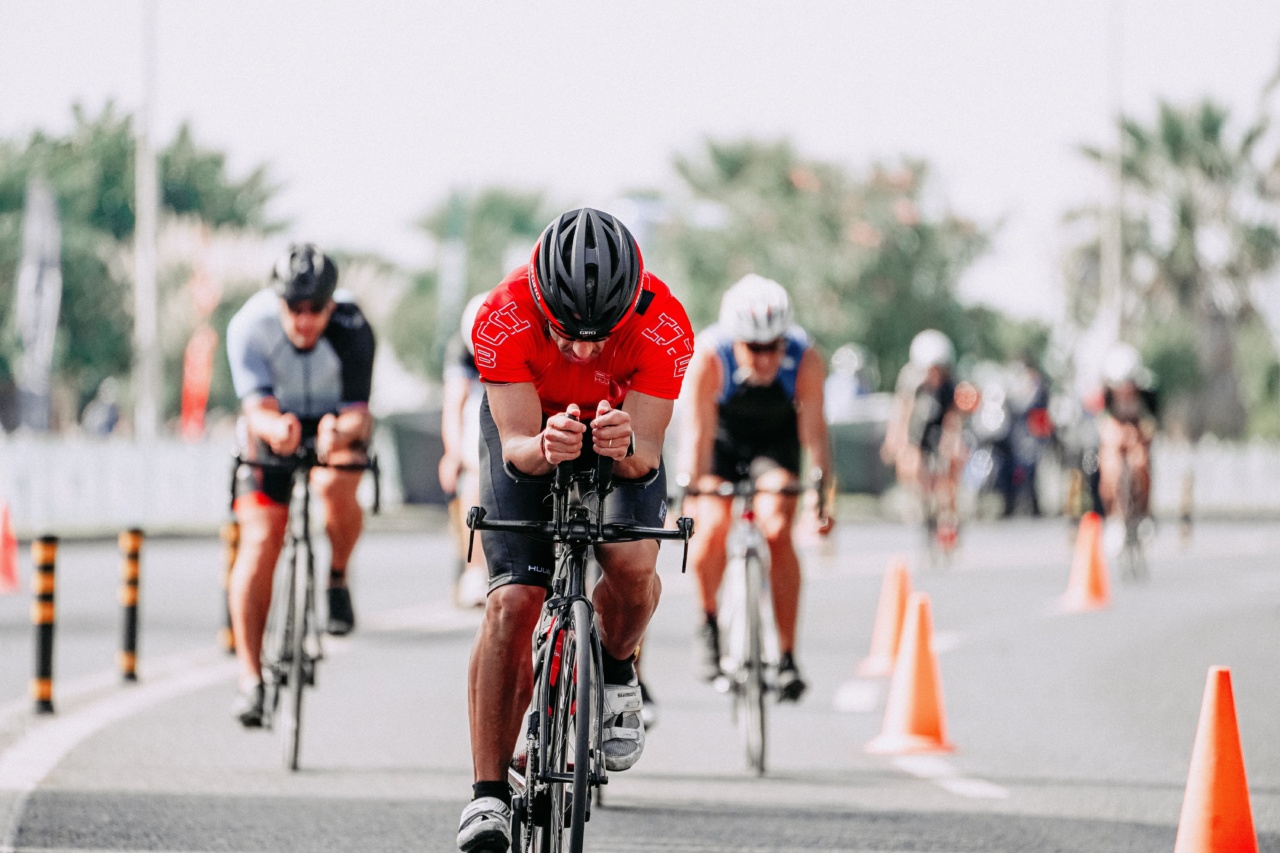Group activities have become more popular recently due to the numerous benefits they offer. They encourage teamwork, facilitate communication and help participants build new skills.
However, group activities can present unforeseen challenges and unexpected events, which need to be addressed with utmost care. There are various protective measures that can be taken to ensure safety and prevent accidents. In this article, we will discuss some of the protective measures that can be taken in group activities.
1. Conduct a Risk Assessment
Before embarking on any group activity, it is essential to conduct a risk assessment. This involves identifying potential hazards and assessing the level of risk they pose.
Some of the factors that should be considered in a risk assessment include the age and physical ability of the participants, the environment, equipment, and potential weather conditions. The risk assessment helps to identify potential risks and put measures in place to minimize them.
2. Provide Adequate Safety Equipment
Participants in group activities should always wear appropriate safety equipment for the activity.
For instance, if the activity involves cycling, participants should wear helmets, and if the activity involves water, participants should wear life jackets. The safety equipment should be regularly inspected to ensure that they are in good condition and meet safety standards.
3. Ensure Adequate Supervision
Uncertainty can arise at any time during group activities; therefore, it is essential that there is adequate supervision in place.
The activity organizers should assign an adequate number of supervisors, taking into account the number of participants and the age of the participants. The supervisors should be adequately trained and experienced, and their roles and responsibilities should be clearly defined. The participants should also be made aware of the supervisors’ roles in the event of an emergency.
4. Train Participants on Safety Procedures
Participants should be trained on safety procedures for the activity before embarking on it. This will help them to understand the risks involved and how to prevent accidents.
The participants should be informed of the activity’s rules, hazards, and safety measures. The training should be conducted in a way that is easy to understand and interactive to ensure everyone grasps each concept covered.
5. Have a Clear Emergency Plan
It is essential to have a clear emergency plan in case of unexpected events. The emergency plan should be tailored to the particular group activity and should be communicated to all participants.
The plan should include procedures for handling medical emergencies, rescue operations, and contact information for relevant emergency services.
6. Communicate Effectively with Participants
Effective communication is essential in ensuring the safety of all participants. All participants should be made aware of the activity objectives, rules, and safety procedures before starting.
Communication systems like radios, whistles, and mobile phones should be in place to ensure that the participants can communicate with organizers and supervisors in case of an emergency.
7. Adhere to Local Regulations and Guidelines
Group activities should adhere to established local regulations and guidelines, such as safety, environmental and other standards.
The organizers should make themselves familiar with all applicable regulations, and the activity should be planned, executed and monitored in line with them.
8. Regular Maintenance of Equipment
The equipment used during the activity should be regularly maintained, inspected and serviced to ensure that it is in good working condition.
The activity organizers should have a schedule for regular inspections and ensure that all equipment is maintained in line with the manufacturer’s guidelines.
9. Ensure Participant Medical Fitness
Before participants are allowed to engage in an activity, they should undergo a medical fitness assessment.
The assessment will help identify those who might be at risk of falling ill during the activity and help organizers to tailor their strategies to prevent emergency events.
10. Develop a Post-Activity Evaluation Plan
It is essential to tackle emerging issues after the group activity. An evaluation plan should be put in place to identify risks that were not fully considered in the activity, and identify areas where preventive measures could be improved.
Feedback from participants and supervisors should be collected and analyzed as well.
Conclusion
Group activities are an excellent way to build teamwork, learn new skills and foster healthy relationships. However, they can present unforeseen challenges and unexpected events that need to be addressed with utmost care.
The protective measures discussed in this article should be thoroughly considered before embarking on any group activity and help to ensure that the activity is safe, enjoyable and beneficial to all participants.





























